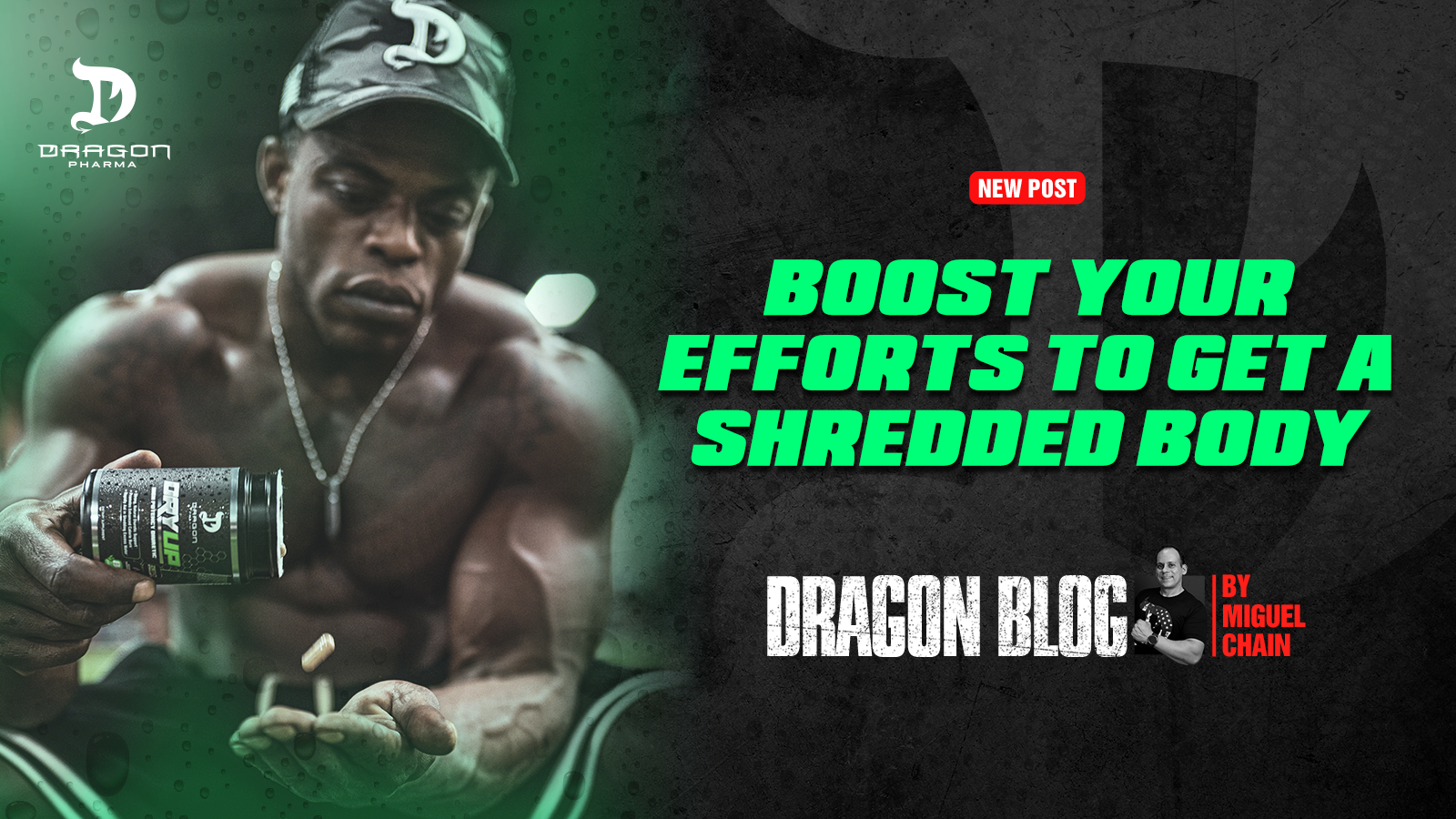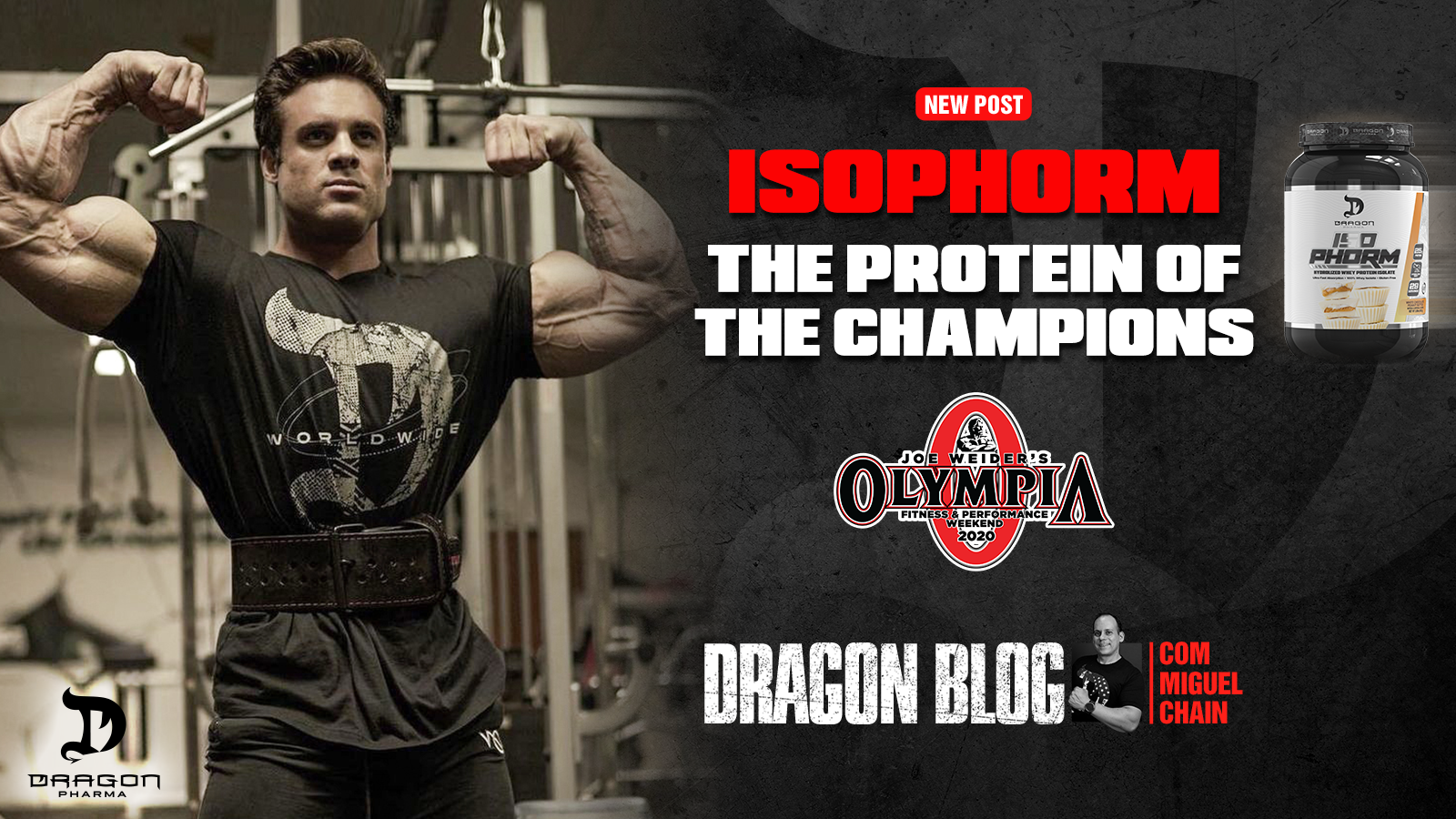Chest Training: 3 Mistakes to avoid in 2025

If a muscle group can synthesize the passion and enthusiasm of most men who train, that group is the chest. The guys train it with an unbridled will because a well-defined chest reflects physical perfection in everyone's head.

Every Monday is like this; we arrive at the gym, and we notice a phenomenon: all the bench press seats are occupied. Eighty percent of the men present are training their chest. The chest is a muscle that plays a fundamental role in both aesthetics and psychology.
Whether you go to the beach or the pool, having a developed chest is extremely important, especially if you are in competition prep. No physique is complete without massive, dense, streaked pecs that look more like shields protecting the rib cage. Who has never been impressed by Arnold's side chest poses? Or with Franco Columbu's pecs, which seemed to split in half?
In more recent times, it is impossible to forget Markus Ruhl. Worse still would be not to mention the two Texas giants, Johnnie Jackson and Branch Warren. Johnnie Jackson was known for having the thickest and most dense pecs of the first decade of the 2000s. It is possible to imagine that if a small-caliber gunshot hit him, the projectile would not be able to pass through his chest.
However, like everything in life, achieving dense, thick, and giant pectorals requires considerable hard work and sacrifice. Also, you need to train smart, which means learn the best way to perform and getting the most out of your workouts.
It turns out that the vast majority of people who train and want to have a bigger chest do not pay attention to the proper form needed to execute pec exercises. They end up thinking that the more weight, the better.
People have a false idea that there is no way to steal or activate the bench press's pectorals. As we lie down with the trunk supported on the bench, there is no way to perform the exercise without engaging the chest muscles altogether.
The biggest mistake. It is essential to perform the exercise with proper form and a strong connection between the mind and the muscle. That way, we can activate and stimulate the muscles, and they will respond much more quickly.
Many factors will determine your success in finding the perfect chest; it would be impossible to discuss them all in just one article. Today, we will address and correct the three primary mistakes people often make when training their pectorals. Stay focused.
MISTAKE #1 - DO NOT WARM UP PROPERLY
It is common to see the guys arriving at the gym and already jumping on the bench to start their training. They do not warm up or stretch before a workout. Always warm up very well before starting your chest or other exercises.
It is essential to warm up properly before starting any training. A brief 5-minute walk serves as a general warm-up. In the case of chest training, we can and must perform a specific warm-up.
Start with very light dumbbells – 10-15 lb - and perform a series of 20 repetitions of each exercise to follow, with no interval between one set and another: side lift, front lift, development, chest flyes, dumbbell bench press, tricep extensions.
After this step, go to the bench and perform two or three sets of 20 repetitions using only the bar. Use short series breaks. Realize that it is necessary to use small weights because the intention here, for now, is to move the essential muscles and start sending blood to that region. You shouldn't feel tired after this warm-up.
The next step is to proceed to the place where you will perform the first exercise. Let's use the incline bench press as an example. If you do your first set with 110 lbs, set up a bar with only 50 or 55 lbs. (50% of the load used in the first set) and do a set of 10 or 12 repetitions. Ready! You are now ready to start your chest training safely.
Many people do not recognize the benefits of a proper warm-up, in addition to injury prevention (only 10% of injuries occur immediately). That is, you arrive at the gym with everything 100%, and you will do a natural curl. Suddenly, your biceps will tear.
In the rest, the injury is being formed little by little, training by training. Every repetition performed using an improper form and little to no warm-up will accumulate and overload the structure. With time, the body cannot withstand the injury.

It's the story about the guy who always had a little pain in his shoulder. It still hurt, and he never showed any concern. Two years later, he feels a crack in his shoulder, a very severe pain, and goes to the doctor, who finds a ruptured tendon. Often, we don't even feel pain, but the injury is there, settling in. The warm-up helps us to increase performance in training.
With proper warm-up, more blood flows to the joints and muscles. Consequently, the body temperature increases slightly.
The joints have an increased volume of synovial fluid. Therefore, there is less chance of friction between the joint cartilages, and even if it does occur, the area will be well lubricated. Well-warmed muscles have their viscosity reduced. The muscle fibers and bundles slide more easily past each other, resulting in less friction and a decreased likelihood of injury.
Given these factors, an adequate warm-up is essential for anyone who wants to have pectorals or any other well-developed muscle.
MISTAKE #2 - BAD FORM AND EXCESSIVE WEIGHT
Here we get into a delicate subject. Proper form to execute an exercise. We have several chest exercises. We have two groups - the bench press and the fly. I include barbell bench presses and their variations (inclined, straight, etc.) Dumbbell presses and their variations, as well as bench presses on machines.
In the fly group, we have flies with dumbbells and their variations (inclined, straight, and declined), flies with cables and their variations (including crossover), and pec-decks.
We will focus on bench presses here, as they contribute most significantly to muscle mass acquisition.
Many people think that because they are lying down, there is no way to cheat in the bench press with their backs resting on the bench.
But there is. It's not new that the ego often commands most guys who train in weightlifting. The more weight I put on the bar, the better and stronger I will become. The staff puts it so much that, in fact, it hardly stimulates your chest.
I see the guys arching their backs, lifting their shoulders, dropping the bar, and hitting their chest to gain momentum on the climb, among other things. In addition to these scams adding nothing to your result, they can still seriously injure you.
Start by reevaluating your way of execution. When starting the set in any bench press variation, throw your shoulders back and squeeze one scapula against the other.
Keep the shoulder blades (and shoulders) in that position throughout the set. Keep your shoulders as low as possible and pressed against the bench at all times.
The act of lifting the shoulders during the set releases all the tension in the chest. Keep your back against the bench and focus on contraction. When you reach the final part of the positive, be sure to contract the chest even more before starting to lower the barbell or dumbbells.
Use the full range, lowering as much as possible. And, of course, lighten the load if necessary.
MISTAKE #3 - USE OF EXCESSIVE PARTNER HELP
This mistake is capable of making me furious—excessive help. Training with a partner can be very productive, but as long as the partner provides psychological support, avoids shouting in your ear, and offers help with just one or two repetitions at the end of the last set of each exercise.
I get agitated when I see a couple of buddies training their chest. The guy did a set with 130 lb, did not do so well, did seven alone, and the partner helped to complete three more repetitions. In this scenario, the smartest thing to do would be to lower the weight so that you can perform at least 8 repetitions alone.
But not; little Hercules puts another 20 lbs on each side of the bar, now totaling 150 lbs. As soon as he removes the bar from the rest, his partner places his hands below it. The boy does not do any repetition on his own. Save the weight, and the partner still congratulates you! "I helped them all, but it was just a little bit!"
The partner keeps his hands on the bar throughout the set, even if the person doing the bench press does not need help.
These attitudes create a situation of dependence on the partner during training. Anyone who trains like this is exceptionally insecure when forced to train alone.
Stay in the gym for two hours at peak times and notice how many times someone going to do bench press asks someone else for help. Practically 100% of the time.
BODYBUILDING IS AN INDIVIDUAL SPORT, AND SHOULD NOT BE PRACTICED IN A GROUP.
This practice is often related to being overweight. Therefore, the guy can say that he lifts 200 lbs instead of 120 lbs. He can cheat others, but he will never cheat his muscles.
Follow these tips to avoid these three common mistakes and ensure the optimal development of your pectorals.
Bonus - Another mistake you shouldn't make in 2025
It's 2025! The future is now, and the innovations and information about supplementation are increasingly firm and clear.
We know that recovery capacity is a key factor in muscle growth. We need to activate protein synthesis to its maximum. Besides, we need to provide the right supplements to boost protein synthesis to its most efficient levels, supporting muscle growth and recovery.
That is why Dragon Pharma developed Dr. Feaar. A product with clinically tested doses of the 9 essential amino acids (including BCAAs) will activate protein synthesis and provide essential amino acids of the best quality so that your body can amplify the signaling of hypertrophy and accelerate its results.
Don't waste time and start today to change your chest training and supplementation strategy to 2025 your best year!


